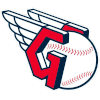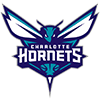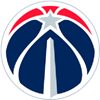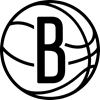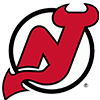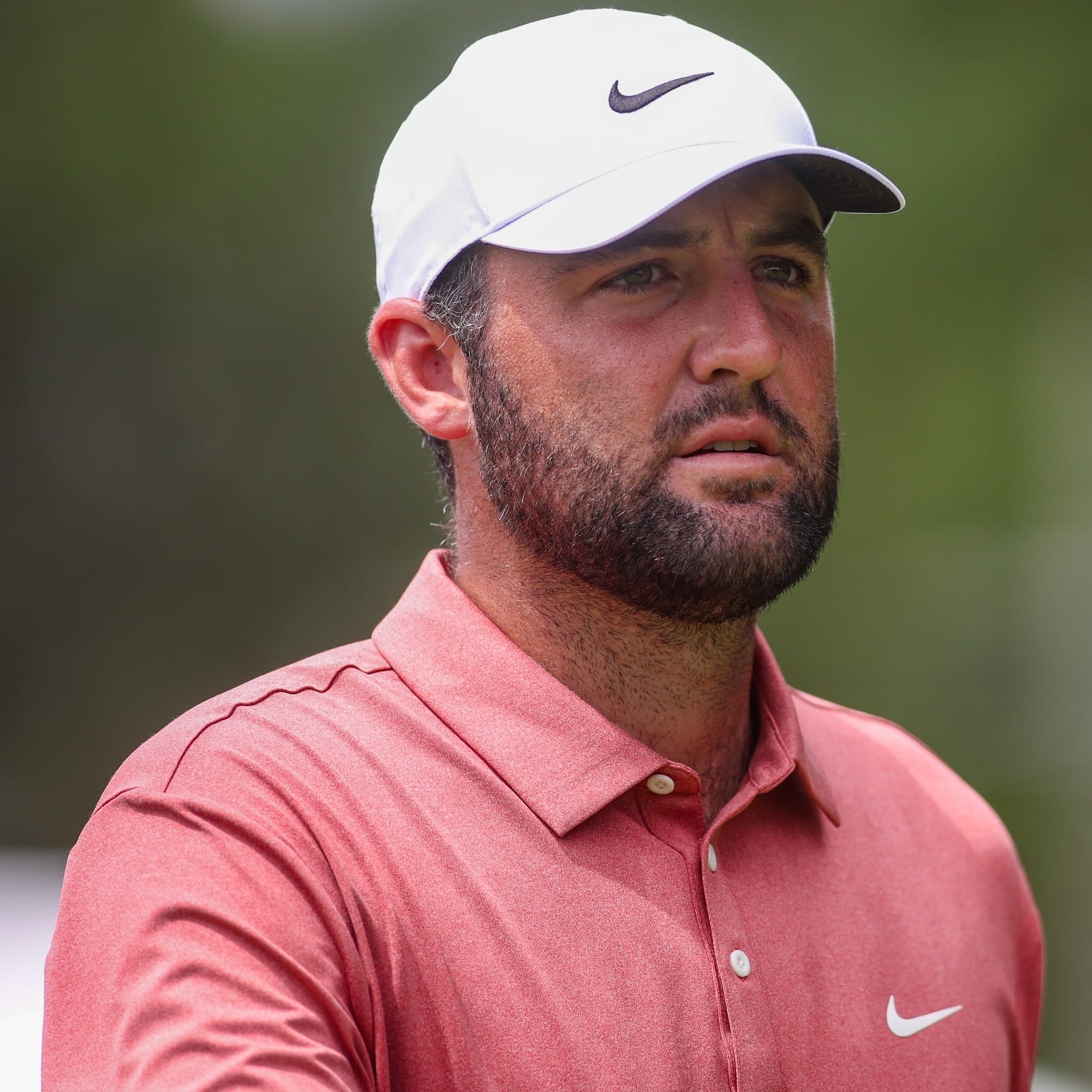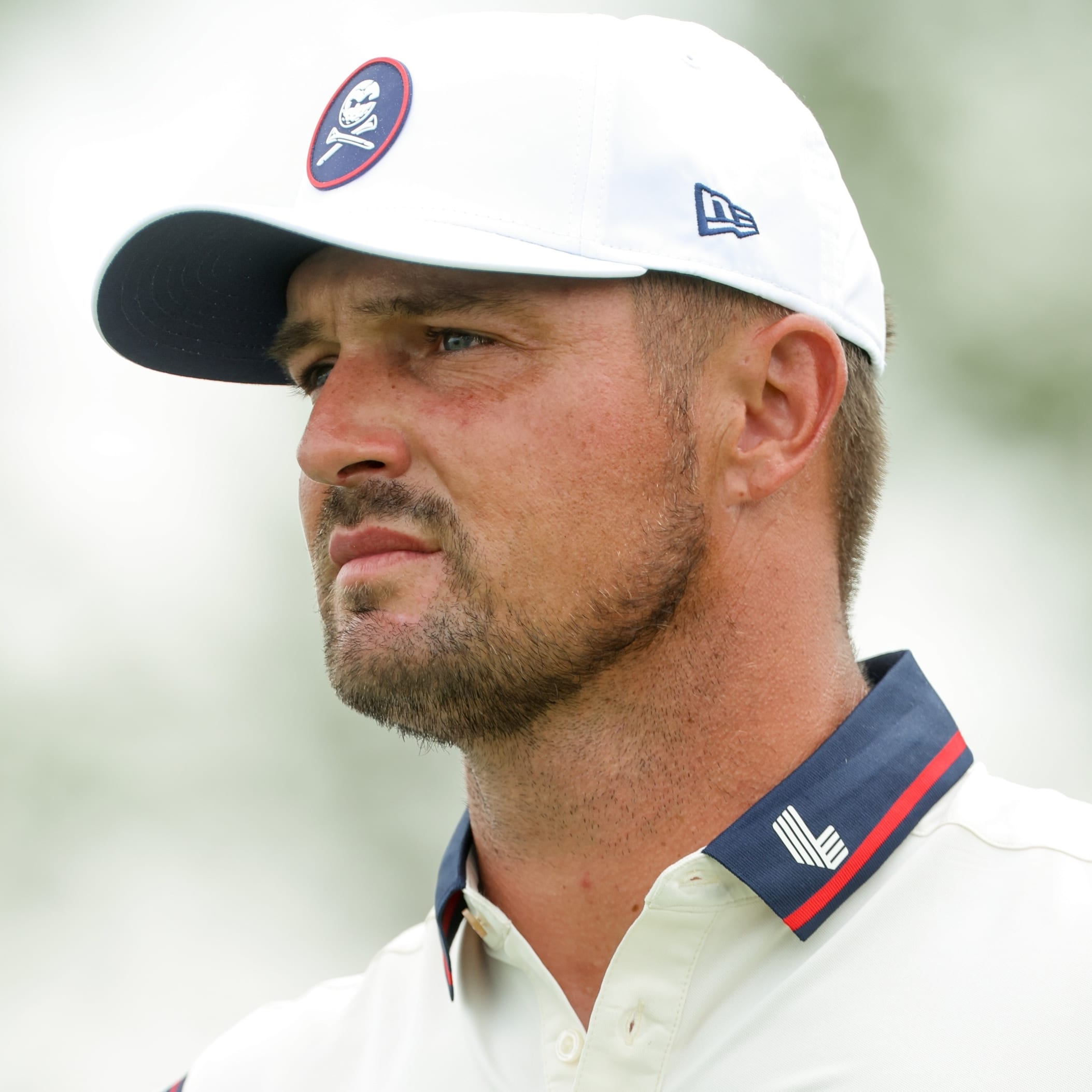Daily fantasy golf is certainly the most popular form of fantasy golf these days. It lets us forget about a bad week instantly as we move on to the next. But being completely candid, I don't know if I would trade it for the season-long league we have with the RotoWire crew. It's been going for more than two decades and, while some of the names have changed, there's a core who's been around almost the entire time.
A season-long league affords you none of the renewal of DFS — you could be stuck with a bad team for, well, season-long. But the camaraderie with your buddies makes it all worthwhile. Just some years more than others.
So let's figure out a way to make it even more enjoyable — by winning the whole dang thing.
In the RotoWire league, we do an auction draft. A lot of what we'll discuss here will apply to an auction or a snake draft. It's not like in football where you need to fill different positions. That's not to say there aren't differences between the golfers and what you should be looking for in the draft. More on that in a bit.
In the RotoWire league, we have 14 teams that draft nine golfers each (126 deep), with a budget of $100. You need at least $1 for each guy. We start a maximum of five every week from the Tournament of Champions through the Tour Championship and just count up the golfers'
Daily fantasy golf is certainly the most popular form of fantasy golf these days. It lets us forget about a bad week instantly as we move on to the next. But being completely candid, I don't know if I would trade it for the season-long league we have with the RotoWire crew. It's been going for more than two decades and, while some of the names have changed, there's a core who's been around almost the entire time.
A season-long league affords you none of the renewal of DFS — you could be stuck with a bad team for, well, season-long. But the camaraderie with your buddies makes it all worthwhile. Just some years more than others.
So let's figure out a way to make it even more enjoyable — by winning the whole dang thing.
In the RotoWire league, we do an auction draft. A lot of what we'll discuss here will apply to an auction or a snake draft. It's not like in football where you need to fill different positions. That's not to say there aren't differences between the golfers and what you should be looking for in the draft. More on that in a bit.
In the RotoWire league, we have 14 teams that draft nine golfers each (126 deep), with a budget of $100. You need at least $1 for each guy. We start a maximum of five every week from the Tournament of Champions through the Tour Championship and just count up the golfers' earnings when they were active in our lineups. Simple. There are couple of wrinkles. We have bonuses for winning a major. And we divide the 14 teams into 7-on-7 for a season-long team bet. The next season, the losers pay the winners' entry fees.
We are allowed 10 free-agent moves during the season. Trades are allowed, but they're hard to pull off, just as in all fantasy leagues.
Of course, leagues are completely customizable to your needs, beginning with the number of teams and the number of golfers on each team.
What we are seeing with greater regularity is the top guys playing more and more in the fall season. Which is important if you start your league at the start of the PGA Tour season, which this year is Sept. 16-19 with the Fortinet Championship, formerly the Safeway.
The PGA Tour announced its 2021-22 season and there are 49 events on the calendar, including opposite-field events and even the Scottish Open, which is now part of the PGA Tour-European Tour expanding partnership. We already see many internationals play regularly on the PGA Tour; this new arrangement means we'll see even more Euros. So there will be extra legwork and preparation this year.
Overall, there are two rules to play fantasy golf of any kind:
Rule No. 1: Do your homework.
Rule No. 2: Your homework is never done.
Whether you are in a snake draft or an auction, a lot of the strategy overlaps. But not all. And, really, this isn't rocket science. A lot of it is basic stuff.
Here goes:
Cheaters Always Prosper
As in, get a cheat sheet. For all your fantasy sports, however you play, you have to know all the potential options, who all the players are. Like with running backs in football, there aren't enough top golfers to go around. In a snake draft, you clearly will take one of the top golfers when it's your turn in the first round. But in an auction, you don't necessarily need one of the very best. We've seen guys win the RotoWire league with a top-5 guy to anchor their lineup; we've also seen guys win the league with maybe three more cost-effective top-25 guys.
Superstar vs. Multiple Stars
I have always wanted a big gun, especially with our majors bonuses, and was fortunate enough two seasons ago to get Jon Rahm, a guy I thought was maturing and ready to take the next step. It cost me $50, leaving $50 for the other eight guys. That paid off; Rahm was great. This past season, I spent $47 on Xander Schauffele, a threat to win every time out, including in the majors. But it didn't work out. He won only one tournament — the Olympics, which was not part of our league.
I'm beginning to rethink the strategy on the big bellwether guy (thanks, Xander). The tour is so deep, so many different golfers win. You may — may — not win a major. But winning the whole shebang is the main objective.
Cream of the Crop
So who are the big guys? We'd put Rahm, Collin Morikawa and Bryson DeChambeau at the very top (sorry, Bryson-haters). Over the course of a full season, they are almost bullet-proof. Then come in no particular order Justin Thomas, Dustin Johnson, Patrick Cantlay, Brooks Koepka, Rory McIlroy, Jordan Spieth, Tony Finau, Patrick Reed and Schauffele — but they all have at least one question mark. Guys who looked awesome heading into last year, such as Webb Simpson, Matthew Wolff, Koepka and McIlroy, didn't deliver as advertised. Hideki Matsuyama, Louis Oosthuizen, Harris English and Spieth over-delivered. These last few sentences may not jibe with the RotoWire rankings, which you should check for guidance.
I'm explaining this from the vantage point of an auction draft because the snake draft is obvious: You pick when it's your turn and you just have to get the best guy in your estimation.
Characteristics to Look For
As you make your way through the draft, auction or snake, here's what to look for as things get deeper: who will play a lot, top-10 and top-25 finishes from the past year, who will make a lot of cuts, who will get into the bigger events (WGCs and majors). And of course, sleepers and busts. The top guys will play fewer than half of those 49 tournaments, so you definitely need golfers who will play a lot. Those tend to be scrubbier guys, but you don't want to be unable to start five golfers a week too often.
Of course, the first thing to consider is a golfer's results. But if you focus on golfers with strong tee-to-green play — ball striking, strokes gained: approach, strokes gained: tee-to-Green, greens in regulation — they tend to do well over the long haul. You know how much easier it is when you find the fairway in your weekend game? Same thing for the pros (only 150-200 yards farther than for us).
As you move past the top golfers or even the very good guys, look at the number of top-10 cashes and whether they are qualified for the majors and WGCs. No-cut WGCs are guaranteed money, though now there are only two instead of the previous four. You really need to have at least five in all those fields.
At the bottom, look for cuts made and guys who play a lot. See where a guy sits on the PGA Tour's priority rankings list. The higher up he is, the less chance of getting squeezed out of the smaller invitational fields that go about 120 deep. The golfers who play the most are generally the worst golfers (except for the really bad guys who simply can't get into tournaments). San Antonio or Detroit, for example, may not have the best fields, but if your lesser golfers are playing, they have a puncher's chance to claim a high finish. Every season on the PGA Tour, a bunch of punches connect. Just ask Hudson Swafford, Martin Laird, Brian Gay, Carlos Ortiz, Robert Streb, Branden Grace, Matt Jones, Joel Dahmen, K.H. Lee, Garrick Higgo, Cam Davis, Lucas Glover and Seamus Power. They all won tournaments in 2020-21 (yes, all THIRTEEN really did). And Stewart Cink came out of nowhere to win not once but twice.
Sophomore Slump
A golfer who enjoys his breakthrough season often takes a step back the next year, or he might even take a step back immediately after a win. The money/fame/etc. is life-altering. The bigger the success and the younger the guy, the more likely this could happen. We're not talking just rookies, but it's more likely with them. Compare golfers the last two years. Don't go much further back than that, though.
Fast start or Sit Tight?
In the RotoWire auction, some owners can't wait to start bidding and owning golfers, making a dent early in the draft. Others like to sit back and see what develops. There's no right or wrong. Just be aware how the draft is unfolding. It can switch gears pretty quickly. Which brings to our next point …
Adjust Your Thinking
If it's a snake draft, golfers go in order of how good they are. In an auction, good or even great players can go long after the start of the draft. A golfer's value will change at various points in the draft, depending on who's been taken, how much money everyone has left and whom you've already drafted. So you need to be able to adjust your thinking. A golfer's value on the course won't change, but his value during the draft will. Pay attention to that, it's very important. One thing we see year after year, if you sit back too long, that last big-name guy up for grabs can end up costing the most, just because he's the last one. Not everyone can get a big-name golfer. And when everyone realizes there's only one left, the price gets jacked.
Recent History
You have to look at history, how a guy has done not only last year, but the last two. A golfer could have an off year. His price surely would go down, but chances are you shouldn't dismiss him entirely. If a golfer has two bad years in a row, well, then that could be a red flag.
International Golfers
More and more, they are playing stateside. And now with the new relationship between the PGA and European tours, even more. Many are now PGA Tour members while others come just for the big events. In the RotoWire league, we used to stash a Euro just for the majors and WGCs. With more guys playing here full-time, that strategy is antiquated. Almost all of them play a full slate on the PGA Tour, though perhaps not quite as many events because they want to maintain a commitment to and membership on the European Tour.
Not a Popularity Contest
We touched on it just above. Try to keep emotions out of it. You love Tiger Woods, sure. Don't simply green-light a guy who did wonderful things for you last year. I have learned to hate just about every guy on Tour — hate is the wrong word, but you get the idea. In fact, if a guy did well for me last year, I think there's no way he can do it again. (Hmm, if you don't like the guys who didn't do well for you and the guys who did do well for you, well, that's a problem, seek counseling). The broader point is, don't pick a guy because you like him, just as you shouldn't avoid a guy because you don't like him. If the price is right, or the round is right, pounce.
Take Deep Breaths
Lastly, keep your wits about you during the draft. Stop. Focus. Breathe. It's easy to get caught up in the fast pace. It's easy to get mad if a guy you wanted went one pick before you, or went for more than you could pay. It's like real golf: You can only play one shot at a time. You can only play the next shot. Make sure it's right down the middle.













